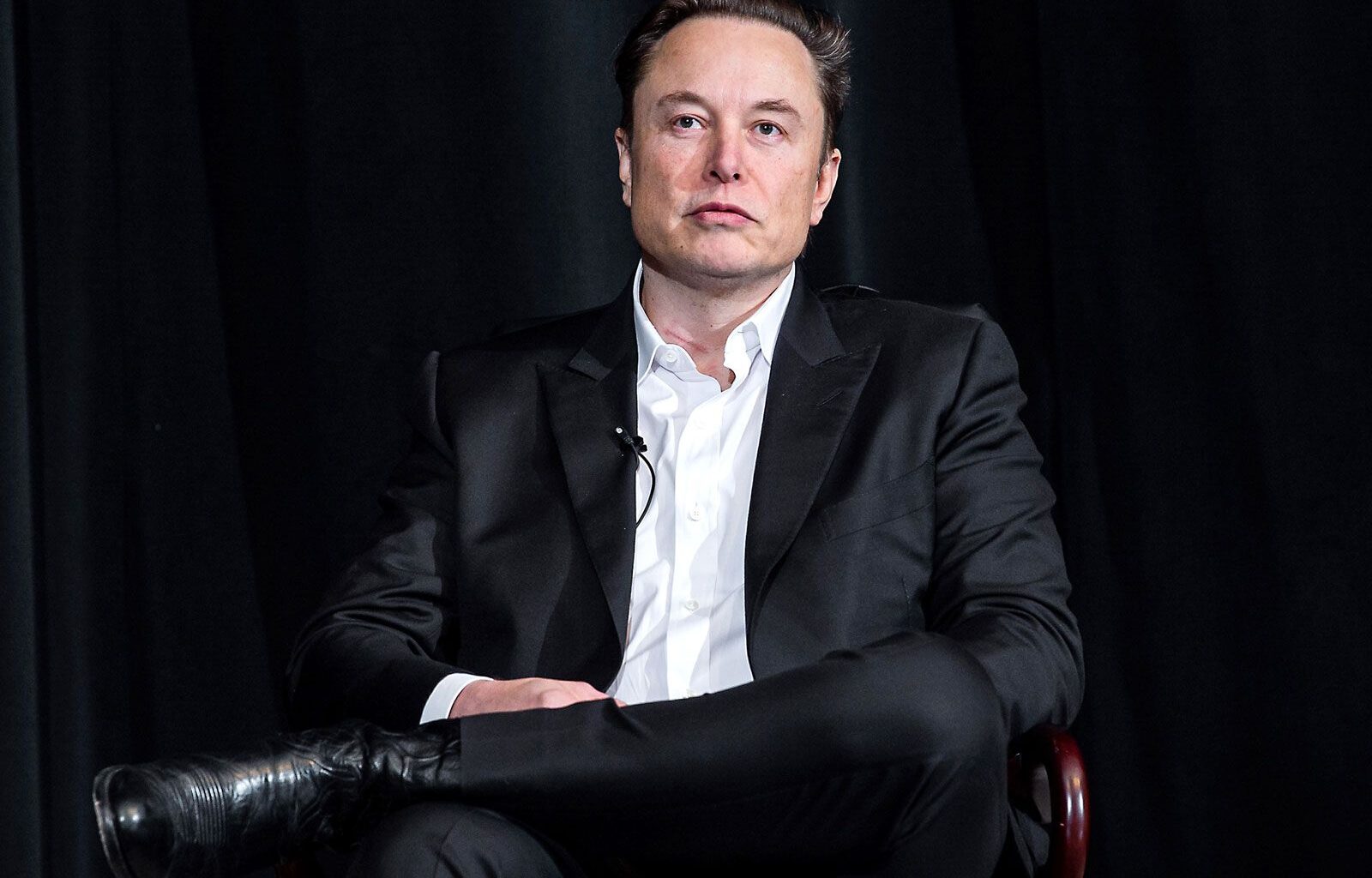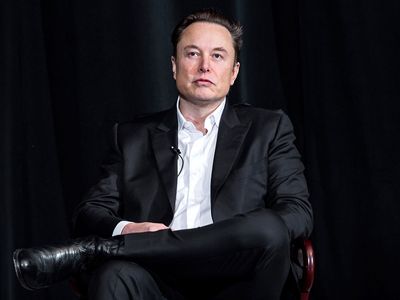Administrator of DOGE
Elon Musk, pictured in 2022, three years before he became head of the Department of Government Efficiency.
(more)
United States federal office
Ask the Chatbot a Question
Ask the Chatbot a Question
Also known as: DOGE
Table of Contents
Table of Contents
Ask the Chatbot a Question
Top Questions
What is the Department of Government Efficiency?
What are the goals of the Department of Government Efficiency?
Is the Department of Government Efficiency a cabinet-level department?
Department of Government Efficiency (DOGE), temporary U.S. federal department, led by Elon Musk, that was formerly called the United States Digital Service (USDS). On January 20, 2025, U.S. Pres. Donald Trump issued an executive order that reorganized the USDS and changed its name to the United States DOGE Service. It is more commonly known as the Department of Government Efficiency, or DOGE. Trump’s order tasked DOGE with “modernizing Federal technology and software to maximize governmental efficiency and productivity.” DOGE is not a cabinet-level department, and it is scheduled to end on July 4, 2026.
Background and creation of DOGE
Did You Know?
DOGE is thought to be a reference to Dogecoin, a cryptocurrency favored by Musk.
The idea for DOGE was first floated during the 2024 presidential election when Musk suggested an audit of the federal government. The proposal was embraced by Trump, then the Republican nominee. After winning in November, Trump announced that he planned on creating DOGE, which would be headed by Musk and Vivek Ramaswamy; however, Ramaswamy ultimately opted not to participate. According to Trump, the new agency would help “dismantle Government Bureaucracy, slash excess regulations, cut wasteful expenditures, and restructure Federal Agencies.” Musk later claimed that through DOGE he hoped to cut $2 trillion from the federal budget.
On his first day in office, Trump signed the executive order that transformed the USDS—which had been created in 2014 to help federal agencies with digital services—into DOGE. Critics questioned DOGE’s lack of transparency, particularly the manner in which the department sought to withhold the names of staff members, most of whom, including Musk, are classified as “special government employees”; that designation is for temporary hires who are excluded from certain ethics and conflict of interest rules. In addition, Trump’s administration later classified DOGE documents as presidential records, which will prevent public access to the information until at least 2034. A White House spokesperson insisted that these actions were necessary to achieve DOGE’s goals.
Activities
Immediately after the department’s creation, DOGE employees began accessing government agencies with the stated goals of cutting costs and halting what Musk and Trump have identified as left-wing policies. Musk warned of massive layoffs and the potential closure of certain agencies and departments. The first organization that faced the chopping block was the United States Agency for International Development (USAID), which is involved in development and humanitarian efforts around the world. Trump and his supporters have been critical of foreign aid, and Musk has alleged, without evidence, that the agency is “a criminal organization.” Supporters of USAID have noted that it is a vital tool of U.S. soft power. In late January 2025, DOGE was granted access to the Department of the Treasury’s payment system, which distributes trillions of dollars to government agencies as well as millions of Americans every year. Opponents cited privacy issues and expressed concerns that the Trump administration could halt payments, even those approved by Congress. The move sparked lawsuits—as did most of DOGE’s activities.

